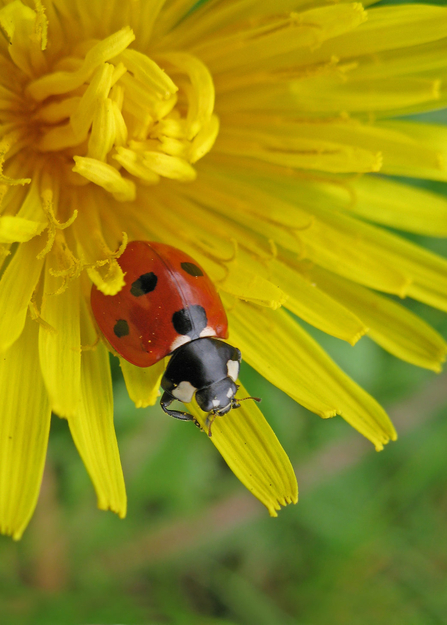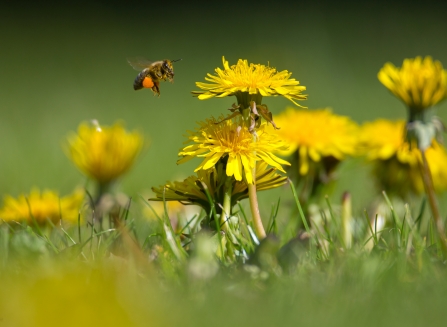In the early springtime, we took our rationed once-daily walk through a meadow beside a wood. The ordinary was made extraordinary by countless fresh golden flowers glowing in the sunlight. These familiar little flowers, so common and yet unwanted by so many, made a compelling display. It’s our most troublesome of ‘weeds’ and common everywhere; the dandelion.
Dandelions are recorded on clay tables in ancient Egypt and China, as herbal remedies dating back to 1500BC. It was a native plant of the holy land in Moses’ time, and was one of the bitter herbs consumed during Passover.
The dandelions story began in Patagonia, 50 million years ago. A newly discovered fossil has shed new light on the complex evolutionary history of the ‘Asteraceae’ family of plants, which is made up of daisies, sunflowers and dandelions.



